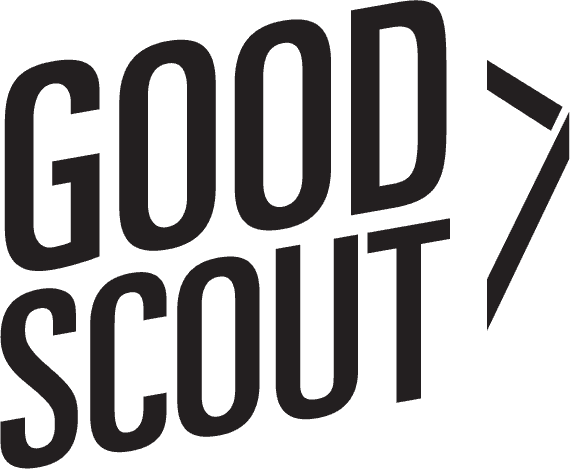As society emerges from the worst years of the COVID-19 pandemic, many businesses and organizations are still struggling with change management to adjust to new consumer, client, and employee expectations. While it’s true that the pandemic had a significant impact on nonprofit organizations, the reality is that it only accelerated changes that were already on the horizon.
Cindy Jones-Nyland is a Professional Certified Coach and Senior Strategist at Good Scout Group. She often works with clients who are managing complex change in large organizations. When coaching executive leaders through change management strategies, she has a front-row view into what is shaping the accelerated pace of change today.
Jones-Nyland notes that demographics, changing technology, and evolving giving mechanisms are among the top factors that have disrupted the way organizations interact with the public and carry out their impact strategies.
Shifting Demographics and Generational Views on Social Change
“We all know that demographics are changing rapidly in consumer purchasing power, and that is mirrored in philanthropic giving,” she says. “Strategies to meet new expectations must be in place to navigate the years ahead.”
According to the 2022 Edelman Trust Barometer, businesses and NGOs are seen as the most important agents of social change—in many cases, effectively shaping this change is beyond organizations’ current capabilities, Jones-Nyland says.
“Growing distrust in the government and media mean that nonprofits have even more responsibility and opportunity to rise to the occasion,” she says. “There is more pressure than ever for them to be agents of impact.”
“This, coupled with the expectations of donors and employees who align their values with their resources,” Jones-Nyland says, “are huge factors in understanding that old strategies simply won’t be effective.”
Technology Changes How We Connect and What We Expect
As the media landscape changes with the expansion of technology, the communication methods that create connection continue to shift. Younger generations are increasingly prioritizing intangible characteristics of organizations they interact with, such as authenticity and transparency. They crave a sense of community.
“They want to feel more directly connected to the impact they can influence,” Jones-Nyland says. “They want to have a conversation, not be the person at the end of a megaphone of information. Ignoring changes like these can lead to a lack of trust, eroding reputational capital, and, in the end, revenue decline which reduces impact outcomes.”
It also means consumers and donors increasingly expect more from philanthropy in business and corporations.
“Meeting expectations that business is a force for good is a base-level requirement,” Jones-Nyland says. “With the growing ability for people to give directly to each other and issues they care about, it is going to be critical that nonprofits and their corporate partners are able to show value as part of the process.”
The Rise of New Paradigms for Philanthropic Giving
The funder’s landscape is changing as well. Corporations that used to think about philanthropy as a form of employee engagement or consumer lift are now integrating social impact efforts within their business strategies.
“Corporate Social Responsibility (CSR) has to go beyond what it did previously and must align organically and strategically within an overall business model,” Jones-Nyland says.
Philanthropists, too, are evolving their approach regarding the critical importance of program implementation and infrastructure resources, increasingly making donations that allow for NGOs and nonprofits to designate the funding priorities and impact footprint.
“This is a big shift in power dynamics to allow social change ownership versus dictated solutions,” Jones-Nyland says. “MacKenzie Scott is a great example of delivering funding to areas she is passionate about and that need injections of resources and capacity. But she is allowing organizations to design and designate how those funds are best utilized in service to their missions.”
As organizations approach these complexities—and new ones that are emerging or unknown at this time—it’s important to have a plan of action for managing complex change that allows teams to adapt to ever-changing needs and stay focused on achieving impact goals.
Read Jones-Nyland’s tips for Managing Complex Change in Your Nonprofit Organization to Maximize Your Footprint for Impact.
Consultants at Good Scout help nonprofit leaders support an organizational culture that embraces iteration and adaptation through seasons of substantial change. To learn more about our change management capabilities, reach out to our team today.
